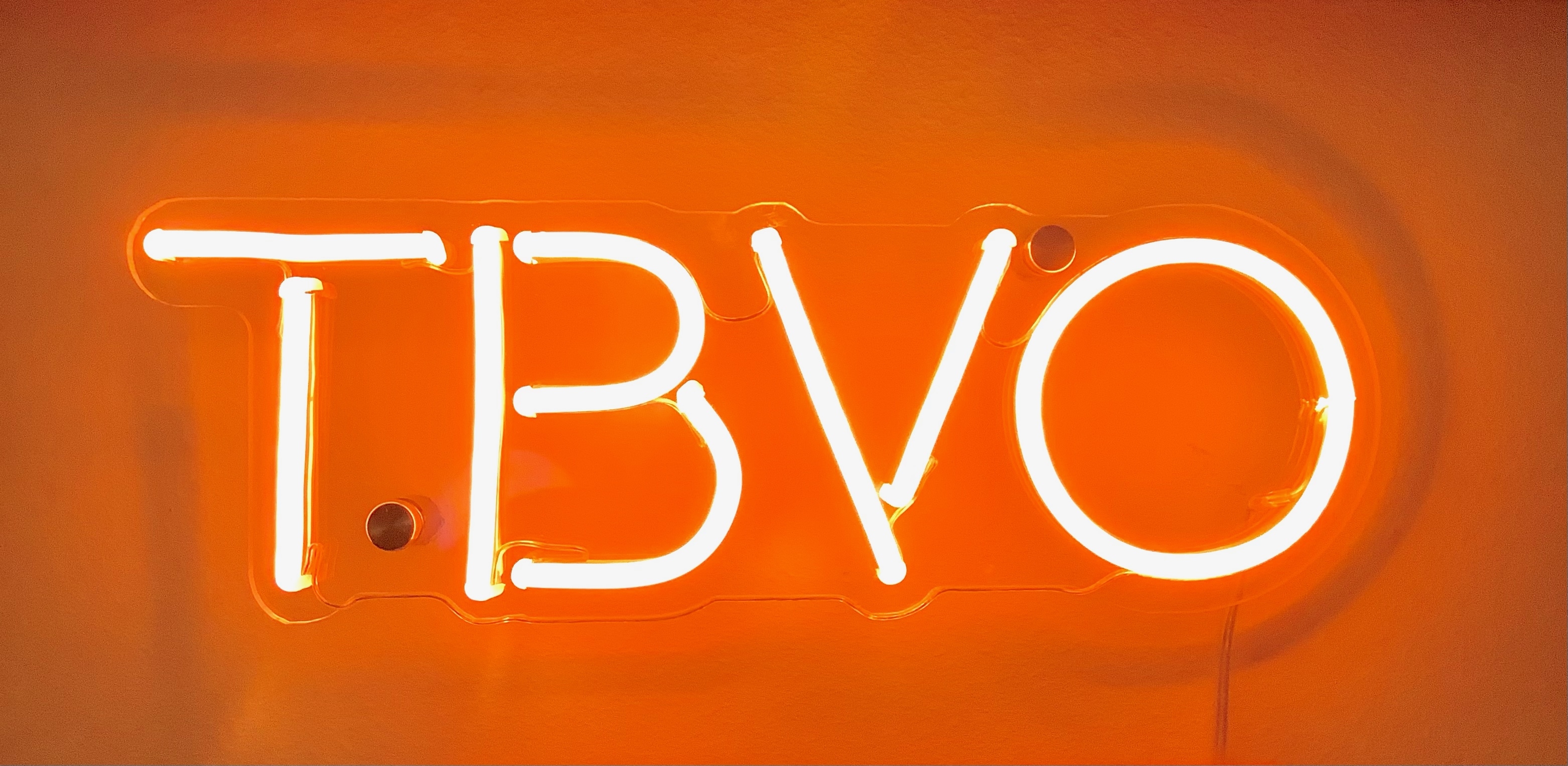Bonus Budget IEM Review — 7Hz Salnotes Zero
A few weeks ago, Audiophile Style published my review of five budget ($50 or less) IEMs. One affordable IEM not included in that roundup is the 7Hz Salnotes Zero, which can be had for a scant $20 USD on sites like Amazon and Linsoul. Based on the suggestions of readers, I bought a pair of the Zero to augment my previous review.
Like many Chinese-produced IEMs, there’s not much information online about 7Hz. However, the company’s products are relatively well-known among IEM enthusiasts thanks to its extensive line of IEMs, such as the $220 Timeless IEM, which has received wide praise as one of the best sub-$500 IEMs on the market.
Is the Salnotes Zero comparably impressive for its price bracket? Let’s find out.
The Zero features a single 10mm metal composite dynamic driver. According to the company, “The metallic composite diaphragm used in this product is made of high-quality materials, making it easier to resonate or vibrate along with sound waves. It was constructed with ease of use in mind as each part has been designed with precision accuracy so that they will not hinder audio transmission.”
Physically, the Zero has a smooth, contoured plastic body fitted with a stainless-steel faceplate. The plastic housing is available in black, blue, white, red, and orange. While, unlike some budget IEMs, the Zero isn’t going to fool anyone into thinking it’s a megabuck IEM, I find the simple styling appealingly inoffensive. Indeed, I purchased the powder-blue version precisely because I like its vaguely LEGO-esque vibe. The Zero’s nozzle is plastic. However, it terminates in a metal grille. Overall, I found the Zero to be light and comfortable. My only nit to pick is that the combination of a short nozzle and rather broad body makes for a somewhat shallow fit. How true this is for you will, of course, depend on your individual ear shape. I found that tips with a somewhat tacky texture, such as the (kind of tacky) Moondrop Spring or (very tacky) AZLA SednaEarfit XELASTEC. That means buying tips that are almost as costly as the IEM, but that’s almost unavoidable at this price point. The connector for the Zero is of the flush-mount two-pin variety. The left/right color-coding near the terminals is a nice touch.
The Salnotes Zero’s impedance is spec’d at greater than 32 ohms and its sensitivity at 108 dB. However, as will be discussed below, I found them to be somewhat easier to drive than this specs suggest.
As should be expected for 20 smackeroos, the Zero is short on accessories. However, the Zero’s cable is well above average for this price point. Indeed, I’d rank it below only the TinHifi T2 DLC’s cable among the IEMs covered in my aforementioned review. Beyond the cable, the Zero comes with six pairs of pretty chintzy silicone tips and no case. However, I think the 7Hz made the right choice in investing in the IEM and cable instead of the tips or the case, since the latter items tend to involve a greater degree of personal taste.
Measurements of the Zero can be found all across the interwebs. But I still wanted to take my own measurements with my MiniDSP EARS fixture. I calibrated my EARS with an IEM-adjusted version of Marv from SBAF’s compensation curve, where a perceptually flat frequency response is represented by a flat line.
Since the Kiwi Cadenza was the runaway winner of my budget IEM roundup, I placed the Zero alongside it and that roundup’s second-place finisher, the KZ ZS10 Pro in my graph:
As the graph (normalized to 500 Hz) makes clear, the Zero measures very well. It has somewhat less bass than the Cadenza and — with the exception of the area near 12 kHz — it generally has more treble energy than the Cadenza, but less than the bright-leaning KZ ZS10 Pro.
I also want to show where the Zero ranks among the other IEMs reviewed in terms of sensitivity. As noted in my budget IEM roundup, I used pink noise to discern each IEM’s relative drivability for level-matching. I made the Kiwi Cadenza my baseline IEM (at the EARS’ recommended 84 dB), then measured the other IEMs’ deviations:
82 dB — Truthear x Crinacle Zero
84 dB — Kiwi Cadenza
85 dB — 7Hz Salnotes Zero
85 dB — TinHifi T2 DLC
89 dB — QKZ x HBB
91 dB — KZ ZS10 Pro
The Zero is, in other words, a bit more sensitive than the Cadenza. Subjectively, I felt that it sounded even more sensitive than this single-dB difference suggests, perhaps due to the Zero’s overall brighter tonal balance.
As in my multi-IEM review, I decided to use “America” from the Mobile Fidelity Sound Lab's CD of Simon & Garfunkel’s Bookends to provide a subjective comparison of the Zero and the Cadenza. A good transducer should be able to separate the mix’s interwoven elements — such as the duo’s layered harmonies — without making the dramatic percussion too boomy or Simon’s somewhat sibilant vocals too harsh. While I certainly gave the Zero a less scientific listen with a variety of other material, I found that “America” provides a good illustration of the IEM’s strengths and weaknesses.
Before evaluating the Zero’s presentation of “America,” I want to quote my evaluation of the Cadenza’s rendering of this track:
The Cadenza’s tonal balance sounds closest to neutral of all the IEMs under consideration. Simon’s vocals still had perhaps a little too much sibilance compared to neutral headphones like the Sennheiser HD6XX or speakers like the KEF Reference 1. However, the Cadenza’s deviation from neutrality in this area is nitpicking, in that it’s not far off from the presentation of the aforementioned Utopia. The Cadenza’s bass is authoritative and nimble, with none of the Zero’s tubby lethargy. I could discern every inflection in Joe Osborn’s churning bassline during the complex buildup to the chorus in “America.” This fact hints at what really impressed me about the Cadenza: its technical performance. It projects a wide soundstage with good depth and does a superb job of allowing the listener to pick apart the various components of the mix, even during busy passages. Through the Cadenza, I could hear the individual vocal overdubs in the hummed intro and separate Simon’s voice from Garfunkel’s in the verses. Instead of blending together in a mass, the strings, background vocals, and cymbal crashes, during the chorus were all easily discernable.
Adjusting the volume down a decibel and firing up the Zero, I immediately noted that the Zero seemed to have as much low bass as the Cadenza, but less midbass — an observation that’s not apparent in the measurements. Turning my attention to the upper reaches of the spectrum, I was struck by the fact that the Zero doesn’t sound subjectively as treble-heavy as the measurements would suggest, either. To be sure, it has more energy in that range than the Cadenza does, but it’s mostly inoffensive, perhaps due to its relatively smooth texture. On the positive side, I appreciated the Zero’s additional “air,” as evidenced by room ambiance and reverb. However, this did come at the expense of some added sibilance on Simon’s lead vocal and Hal Blaine’s cymbals. Again, though, I felt that the Zero stayed below the wince-inducing threshold, though other listeners might disagree.
Turning to the Zero’s technicalities, I felt that it had a bit narrower soundstage than the Cadenza and presented a somewhat flatter image despite its greater sense of air. Due to the tuning, the Zero at times seemed to render a bit more overt detail than the Cadenza, but I couldn’t shake the feeling that its tonality was just a little off and slightly one-dimensional compared to the more refined Cadenza. The prominent shaker in the fadeout of “America,” for example, just doesn’t sound quite right. Is this a deal-breaker for $20? Of course not. But it does mean that while the Zero can fool you into thinking it’s a much pricier IEM based on frequency response, it doesn’t do so to the same extent when it comes to that ineffable realism that the best transducers deliver.
One interesting element of the Zero’s presentation is that its presentation comes across as a little disjointed, meaning that the separation between the instruments can come across as slightly exaggerated. I tend to associate this trait with extreme W-shaped tuning. Again, that’s not at all evident in the Zero’s measurements, but it does align with my sense that it had as much low bass as the Cadenza but much less midbass. Ultimately, this flavor of sound can lend itself to slicing and dicing a mix, but can also make it feel a little uncongealed. Again, is this a deal-breaker for $20? No way.
Overall, I think the Zero ranks second only to the Cadenza among all of the sub-$50 IEMs. The ZS10 Pro might tie it for this honor. But given that the Zero is $15 less than the Cadenza and $25 less than the ZS10 Pro, this is a superb showing.
If you want a budget IEM that’s cheaper and/or brighter than the Cadenza, the 7Hz Salnotes Zero is a fantastic choice.
If you'd like to support Club TBVO, please use the link below to donate.














0 Comments
Recommended Comments
There are no comments to display.